Year 2020 face_with_colon_three
Here’s our best hope for hypersonic flight yet: the sodramjet.

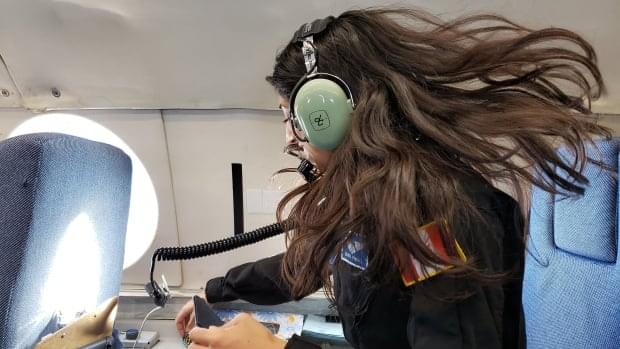
Only two women from Canada have been to space previously, though Jenni Gibbons will join their ranks in the near future.
Pandya’s first flight to space will be on a commercial mission, which is different from the missions with NASA.
Though SpaceX has yet to announce this mission, the Federal Aviation Administration and Space Coast Office of Tourism now report the Türksat 6A satellite will launch Monday afternoon — though the target date has bounced around the past couple days.
Mission: A SpaceX Falcon 9 rocket will deploy Turkey’s first domestically manufactured geostationary communications satellite, the Space Coast Office of Tourism reports.
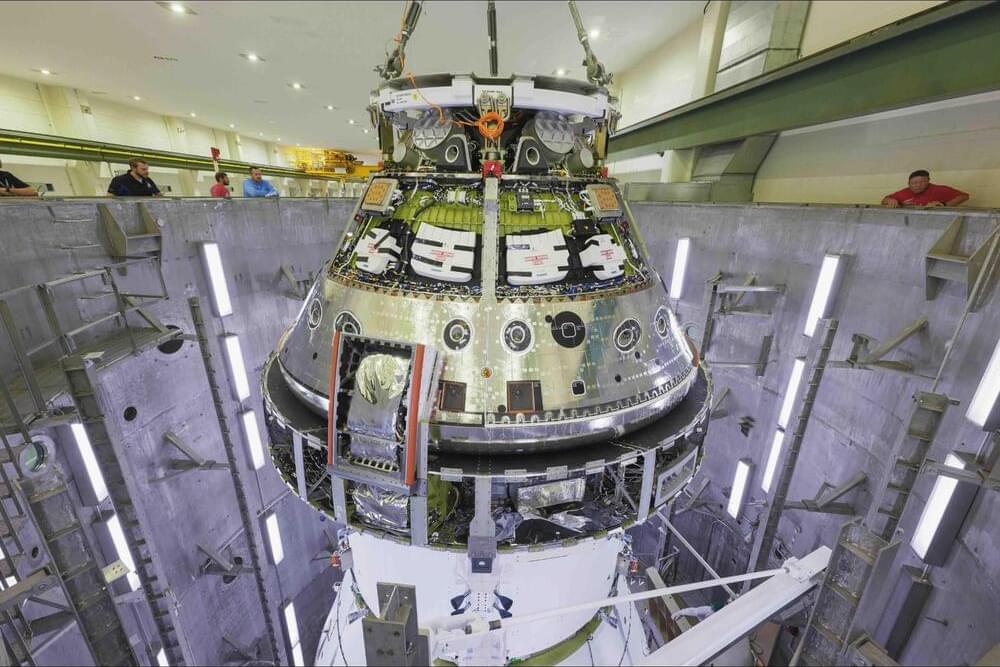
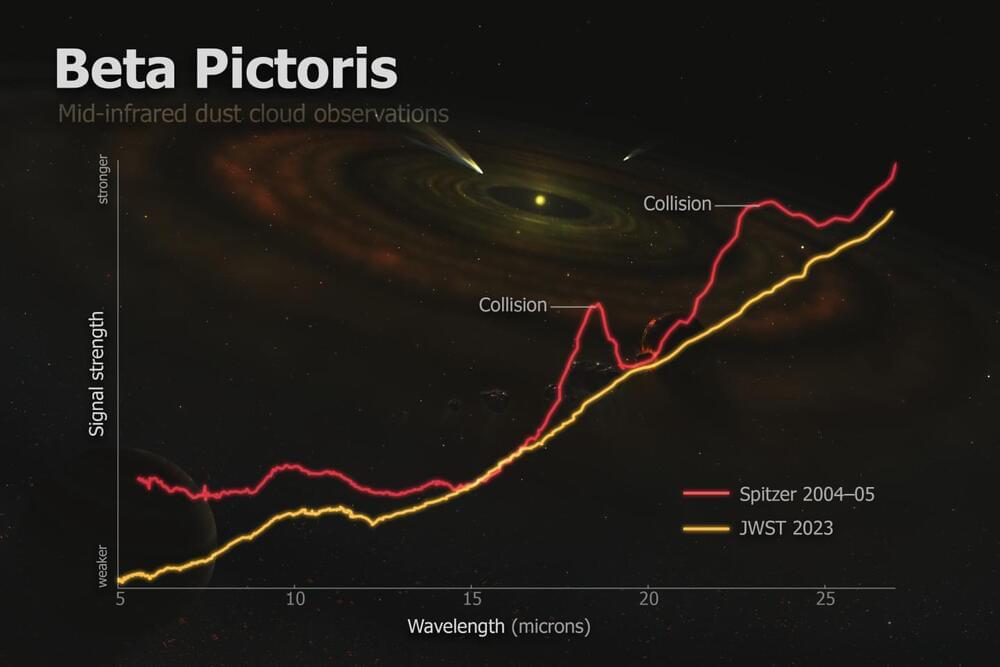
Astronomers have captured what appears to be a snapshot of a massive collision of giant asteroids in Beta Pictoris, a neighboring star system known for its early age and tumultuous planet-forming activity.
The observations spotlight the volatile processes that shape star systems like our own, offering a unique glimpse into the primordial stages of planetary formation.
“Beta Pictoris is at an age when planet formation in the terrestrial planet zone is still ongoing through giant asteroid collisions, so what we could be seeing here is basically how rocky planets and other bodies are forming in real time,” said Christine Chen, a Johns Hopkins University astronomer who led the research.
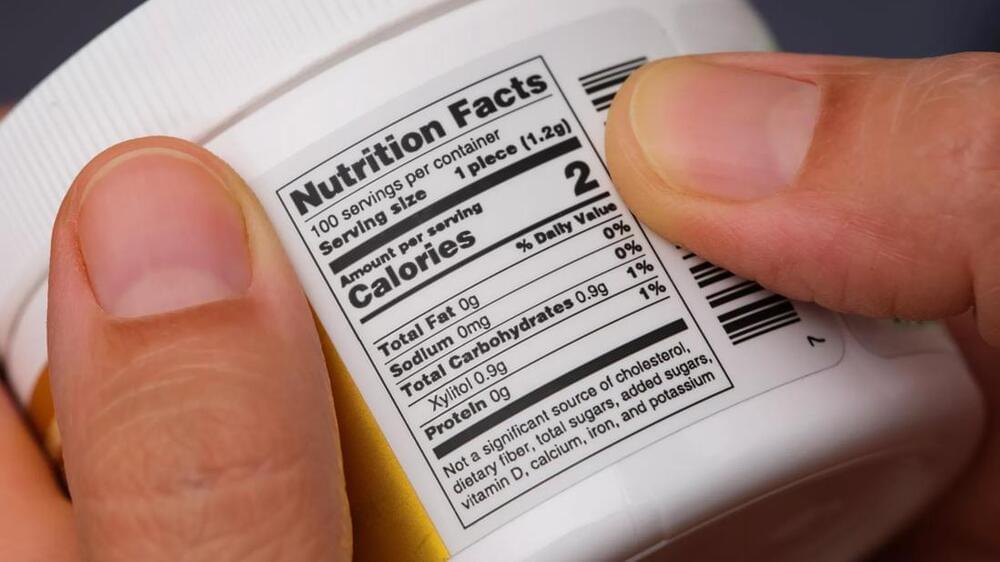
Xylitol is a common zero-calorie sweetener found in sugar-free candy and toothpaste. Cleveland Clinic researchers found higher amounts of the sugar alcohol xylitol are associated with increased risk of cardiovascular events like heart attack and stroke.
The team, led by Stanley Hazen, M.D., Ph.D., confirmed the association in a large-scale patient analysis, preclinical research models and a clinical intervention study. Findings were published today in the European Heart Journal.
Xylitol is a common sugar substitute used in sugar-free candy, gums, baked goods and oral products like toothpaste. Over the past decade, the use of sugar substitutes, including sugar alcohols and artificial sweeteners, has increased significantly in processed foods that are promoted as healthy alternatives.
Grief-laden vitriol directed at AI fails to help us understand paths to better futures that are neither utopian nor dystopian, but open to radically weird possibilities.
Join us on Patreon! https://www.patreon.com/MichaelLustgartenPhDDiscount Links: NAD+ Quantification: https://www.jinfiniti.com/intracellular-nad-test/Use Cod…
Generative AI models have changed the way we create and consume content, particularly images and art. Diffusion models such as MidJourney and Stable Diffusion have been trained on large datasets of scraped images from online, many of which are copyrighted, private, or sensitive in subject matter. Many artists have discovered significant numbers of their art pieces in training data such as LAION-5B, without their knowledge, consent, credit or compensation.
To make it worse, many of these models are now used to copy individual artists, through a process called style mimicry. Home users can take art work from human artists, perform “fine-tuning” or LoRA on models like stable diffusion, and end up with a model that is capable of producing arbitrary images in the “style” of the target artist, when evoked with their name as a prompt. Popular independent artists find low quality facsimilies of their artwork online, often with their names still embedded in the metadata from model prompts.
Style mimicry produces a number of harmful outcomes that may not be obvious at first glance. For artists whose styles are intentionally copied, not only do they see loss in commissions and basic income, but low quality synthetic copies scattered online dilute their brand and reputation. Most importantly, artists associate their styles with their very identity. Seeing the artistic style they worked years to develop taken to create content without their consent or compensation is akin to identity theft. Finally, style mimicry and its impacts on successful artists have demoralized and disincentivized young aspiring artists. We have heard administrators at art schools and art teachers talking about plummeting student enrollment, and panicked parents concerned for the future of their aspiring artist children.
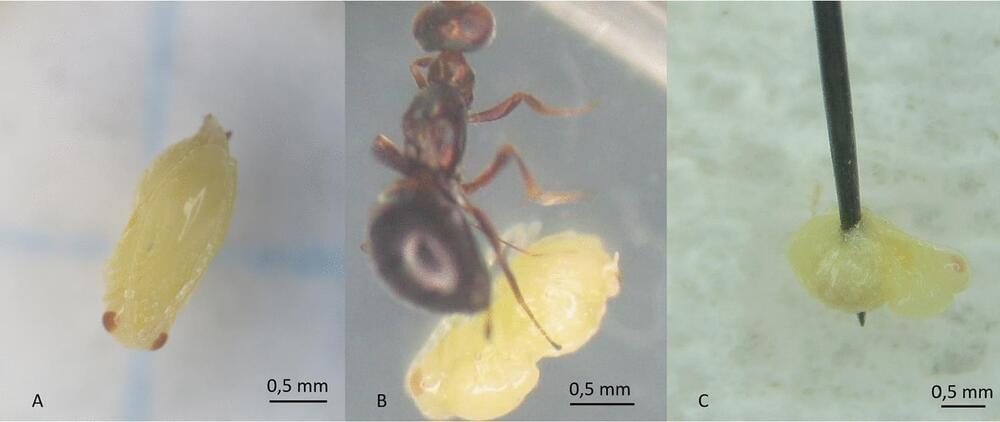
Diapause is a peculiar sleep of insects in which the animal’s motor activity completely ceases. During this period, insects become a good target for parasitoids, freely attacking them with their mobile ovipositors. We found that the parasitic wasp, Eupelmus messene (Hymenoptera, Eupelmidae, Cynipidae), stirs the internal contents of the diapausing host pupa of Aulacidea hieracii (Bouché, 1834) with its long and flexible ovipositor “making a shake” inside the pupa. However, the attacked pupae stay morphologically indistinguishable from healthy diapausing ones for several months. Using non-invasive Raman spectroscopy (RS), we, for the first time, studied the molecular composition of live diapausing and parasitized A. hieracii pupae.